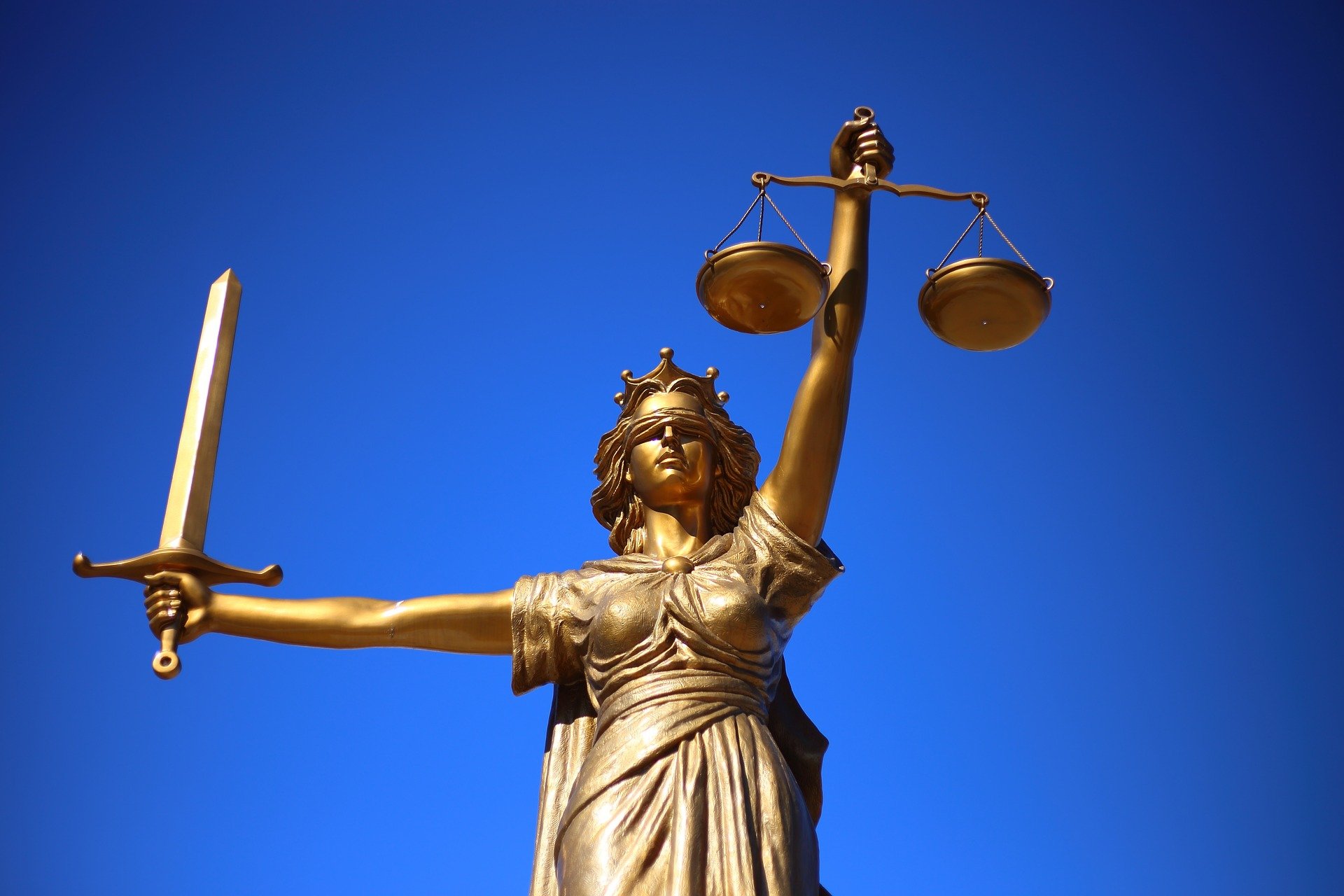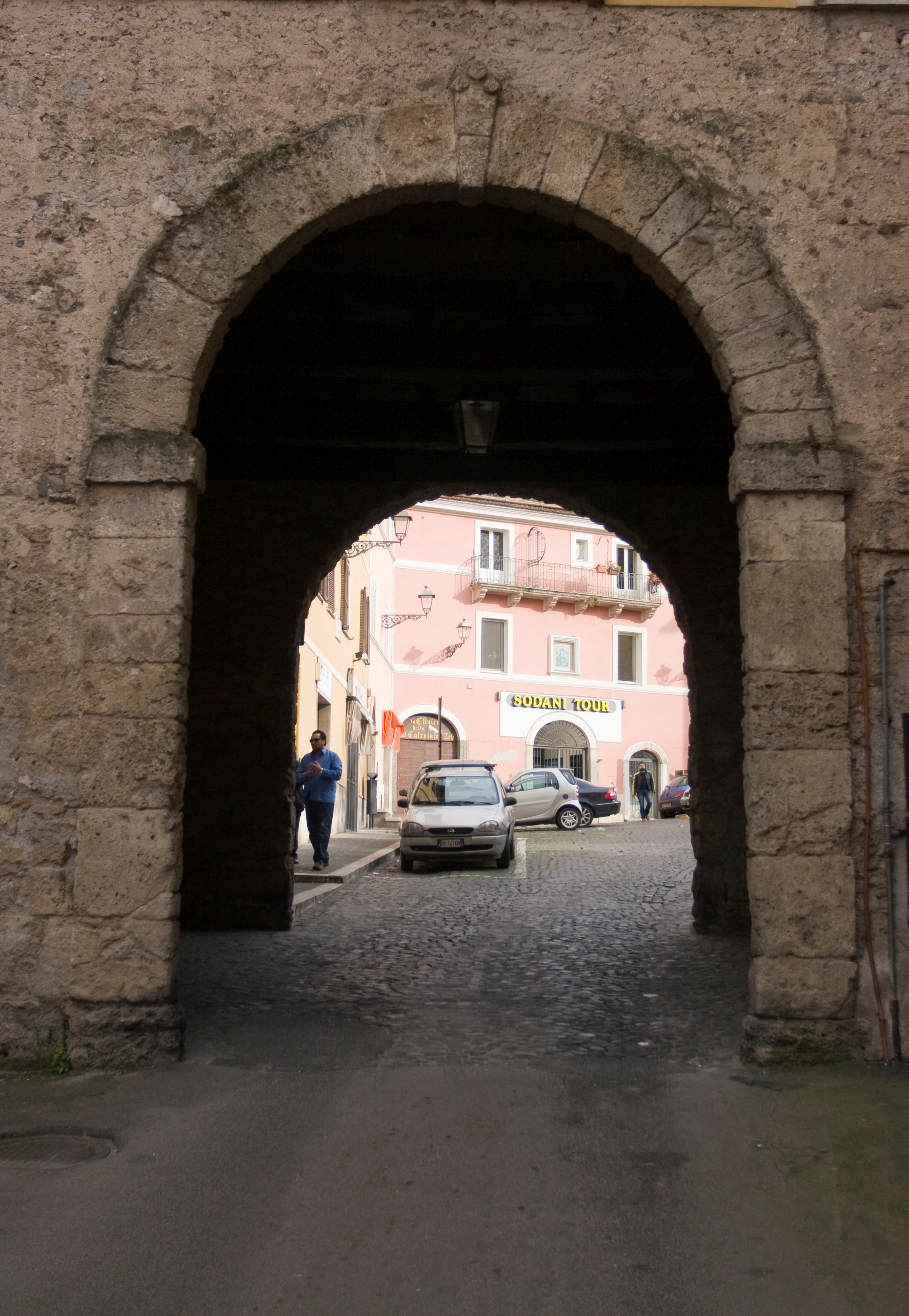|
Constitutiones Sanctæ Matris Ecclesiæ
The Constitutiones Sanctæ Matris Ecclesiæ ( en, Constitutions of the Holy Mother Church), informally known as the Constitutiones Aegidianae (English: ''Egidian Constitutions'', Italian: ''Costituzioni egidiane''), were six books of law which formed the first historic constitution of the Papal States. They were redacted at Fano by Cardinal Albornoz between 29 April and 1 May 1357 at an assembly of all the vicars of the pontifical territories. The ''Constitutiones'' formed the highest law of a vast stretch of central Italy, including the modern regions of Emilia-Romagna, Marche, Umbria, and Lazio, until 1816. Under the ''Constitutiones'', the Papal States were divided into five provinces: the Duchy of Spoleto, March of Ancona, Romagna, Patrimony of Saint Peter, and the Campagne and Maritime Province. Each province fell under the direction of a rector appointed personally by the pope The pope ( la, papa, from el, πάππας, translit=pappas, 'father'), also known as supre ... [...More Info...] [...Related Items...] OR: [Wikipedia] [Google] [Baidu] |
Romagna
Romagna ( rgn, Rumâgna) is an Italian historical region that approximately corresponds to the south-eastern portion of present-day Emilia-Romagna, North Italy. Traditionally, it is limited by the Apennines to the south-west, the Adriatic to the east, and the rivers Reno and Sillaro to the north and west. The region's major cities include Cesena, Faenza, Forlì, Imola, Ravenna, Rimini and City of San Marino (San Marino is a landlocked state inside the Romagna historical region). The region has been recently formally expanded with the transfer from the Marche region of nine comuni where the Romagnol language is spoken ( Casteldelci, Maiolo, Novafeltria, Pennabilli, San Leo, Sant'Agata Feltria, Talamello, Montecopiolo, Sassofeltrio). Etymology The name ''Romagna'' originates from the Latin name ''Romania'', which originally was the generic name for "land inhabited by Romans", and first appeared on Latin documents in the 5th century. It later took on the more speci ... [...More Info...] [...Related Items...] OR: [Wikipedia] [Google] [Baidu] |
1357 In Europe
Year 1357 (Roman numerals, MCCCLVII) was a common year starting on Sunday (link will display the full calendar) of the Julian calendar. Events January–December * February 3 – The Estates General (France), Estates General in Kingdom of France, France meets and passes Étienne Marcel's Great Ordinance of 1357, Great Ordinance in an attempt to impose limits on the French monarchy, monarchy, in particular in fiscal and monetary matters. * April 28 – Eric XII of Sweden, Erik Magnusson is recognized as king of most of Sweden, in opposition to his father, King Magnus IV of Sweden, Magnus. * May 28 – Peter I of Portugal, Peter I becomes King of Kingdom of Portugal, Portugal, after the death of his father, Afonso IV of Portugal, Alfonso IV. * July 9 – Formal start of construction on Charles Bridge in Prague. * July 22 – On the death of Jani Beg, he is succeeded as Khan of the Blue Horde by his son Berdi Beg who orders the death of at least 12 of his ... [...More Info...] [...Related Items...] OR: [Wikipedia] [Google] [Baidu] |
Legal History Of Italy
Law is a set of rules that are created and are law enforcement, enforceable by social or governmental institutions to regulate behavior,Robertson, ''Crimes against humanity'', 90. with its precise definition a matter of longstanding debate. It has been variously described as a Social science#Law, science and as the art of justice. State-enforced laws can be made by a group legislature or by a single legislator, resulting in statutes; by the executive through decrees and regulations; or established by judges through precedent, usually in common law jurisdictions. Private individuals may create legally binding contracts, including arbitration agreements that adopt Alternative dispute resolution, alternative ways of resolving disputes to standard court litigation. The creation of laws themselves may be influenced by a constitution, written or tacit, and the rights encoded therein. The law shapes politics, economics, history and society in various ways and serves as a mediator of ... [...More Info...] [...Related Items...] OR: [Wikipedia] [Google] [Baidu] |
14th Century In The Papal States
14 (fourteen) is a natural number following 13 and preceding 15. In relation to the word "four" ( 4), 14 is spelled "fourteen". In mathematics * 14 is a composite number. * 14 is a square pyramidal number. * 14 is a stella octangula number. * In hexadecimal, fourteen is represented as E * Fourteen is the lowest even ''n'' for which the equation φ(''x'') = ''n'' has no solution, making it the first even nontotient (see Euler's totient function). * Take a set of real numbers and apply the closure and complement operations to it in any possible sequence. At most 14 distinct sets can be generated in this way. ** This holds even if the reals are replaced by a more general topological space. See Kuratowski's closure-complement problem * 14 is a Catalan number. * Fourteen is a Companion Pell number. * According to the Shapiro inequality 14 is the least number ''n'' such that there exist ''x'', ''x'', ..., ''x'' such that :\sum_^ \frac < \frac where ''x'' = ''x'', ''x'' ... [...More Info...] [...Related Items...] OR: [Wikipedia] [Google] [Baidu] |
Constitutions Of Former Countries
A constitution is the aggregate of fundamental principles or established precedents that constitute the legal basis of a polity, organisation or other type of entity and commonly determine how that entity is to be governed. When these principles are written down into a single document or set of legal documents, those documents may be said to embody a ''written constitution''; if they are encompassed in a single comprehensive document, it is said to embody a ''codified constitution''. The Constitution of the United Kingdom is a notable example of an ''uncodified constitution''; it is instead written in numerous fundamental Acts of a legislature, court cases or treaties. Constitutions concern different levels of organizations, from sovereign countries to companies and unincorporated associations. A treaty which establishes an international organization is also its constitution, in that it would define how that organization is constituted. Within states, a constitution defin ... [...More Info...] [...Related Items...] OR: [Wikipedia] [Google] [Baidu] |
History Of Catholicism In Italy
History (derived ) is the systematic study and the documentation of the human activity. The time period of event before the invention of writing systems is considered prehistory. "History" is an umbrella term comprising past events as well as the memory, discovery, collection, organization, presentation, and interpretation of these events. Historians seek knowledge of the past using historical sources such as written documents, oral accounts, art and material artifacts, and ecological markers. History is not complete and still has debatable mysteries. History is also an academic discipline which uses narrative to describe, examine, question, and analyze past events, and investigate their patterns of cause and effect. Historians often debate which narrative best explains an event, as well as the significance of different causes and effects. Historians also debate the nature of history as an end in itself, as well as its usefulness to give perspective on the problems of the p ... [...More Info...] [...Related Items...] OR: [Wikipedia] [Google] [Baidu] |
History Of The Papacy
The history of the papacy, the office held by the pope as head of the Catholic Church, spans from the time of Peter, to the present day. Moreover, many of the bishops of Rome in the first three centuries of the Christian era are obscure figures. Most of Peter's successors in the first three centuries following his life suffered martyrdom along with members of their flock in periods of persecution. During the Early Church, the bishops of Rome enjoyed no temporal power until the time of Constantine. After the Fall of the Western Roman Empire (the "Middle Ages", about 476), the papacy was influenced by the temporal rulers of the surrounding Italian Peninsula; these periods are known as the Ostrogothic Papacy, Byzantine Papacy, and Frankish Papacy. Over time, the papacy consolidated its territorial claims to a portion of the peninsula known as the Papal States. Thereafter, the role of neighboring sovereigns was replaced by powerful Roman families during the '' saeculum obscuru ... [...More Info...] [...Related Items...] OR: [Wikipedia] [Google] [Baidu] |
1350s In Law
{{numberdis ...
135 may refer to: *135 (number) *AD 135 *135 BC *135 film, better known as 35 mm film, is a format of photographic film used for still photography *135 (New Jersey bus) 135 may refer to: *135 (number) *AD 135 *135 BC *135 film 135 film, more popularly referred to as 35 mm film or 35 mm, is a format of photographic film used for still photography. It is a film with a film gauge of loaded into a st ... [...More Info...] [...Related Items...] OR: [Wikipedia] [Google] [Baidu] |
Pope
The pope ( la, papa, from el, πάππας, translit=pappas, 'father'), also known as supreme pontiff ( or ), Roman pontiff () or sovereign pontiff, is the bishop of Rome (or historically the patriarch of Rome), head of the worldwide Catholic Church, and has also served as the head of state or sovereign of the Papal States and later the Vatican City State since the eighth century. From a Catholic viewpoint, the primacy of the bishop of Rome is largely derived from his role as the apostolic successor to Saint Peter, to whom Petrine primacy, primacy was conferred by Jesus, who gave Peter the Keys of Heaven and the powers of "binding and loosing", naming him as the "rock" upon which the Church would be built. The current pope is Pope Francis, Francis, who was 2013 papal conclave, elected on 13 March 2013. While his office is called the papacy, the ecclesiastical jurisdiction, jurisdiction of the episcopal see is called the Holy See. It is the Holy See that is the sovereign enti ... [...More Info...] [...Related Items...] OR: [Wikipedia] [Google] [Baidu] |
Rector (ecclesiastical)
A rector is, in an ecclesiastical sense, a cleric who functions as an administrative leader in some Christian denominations. In contrast, a vicar is also a cleric but functions as an assistant and representative of an administrative leader. Ancient usage In ancient times bishops, as rulers of cities and provinces, especially in the Papal States, were called rectors, as were administrators of the patrimony of the Church (e.g. '). The Latin term ' was used by Pope Gregory I in ''Regula Pastoralis'' as equivalent to the Latin term ' (shepherd). Roman Catholic Church In the Roman Catholic Church, a rector is a person who holds the ''office'' of presiding over an ecclesiastical institution. The institution may be a particular building—such as a Church (building), church (called his rectory church) or shrine—or it may be an organization, such as a parish, a mission or quasi-parish, a seminary or house of studies, a university, a hospital, or a community of clerics or r ... [...More Info...] [...Related Items...] OR: [Wikipedia] [Google] [Baidu] |
Campagne And Maritime Province
The Campagna and Marittima Province (Latin ''Campaniæ Maritimæque Provincia'', Italian ''Provincia di Campagna e Marittima'') was one of the seven provinces of the Papal States from the 12th century to the end of the 18th. The province was established by Pope Innocent III in the year 1198, with Frosinone as its capital. Innocent's aim was to counter atemmpts to achieve self-government in some of the towns in the south of his domains, such as Alatri, Ferentino, Velletri and Terracina, by installing a garrison at Ferentino. Even before that the "Province of the Roman Campagna and Marittima Province' was part of the Patrimony of St Peter. In 1357, the establishment of the province was confirmed by the '' Constitutiones Sanctæ Matris Ecclesiæ''. The province was administered by a class of feudal 'Roman barons'.Peter Partner, ''Renaissance Rome, 1500-1559: a portrait of a society'' (1980), p. 65: "The 'Roman barons' were the feudal class of the Roman area, or more exactly the ... [...More Info...] [...Related Items...] OR: [Wikipedia] [Google] [Baidu] |



.jpg)


